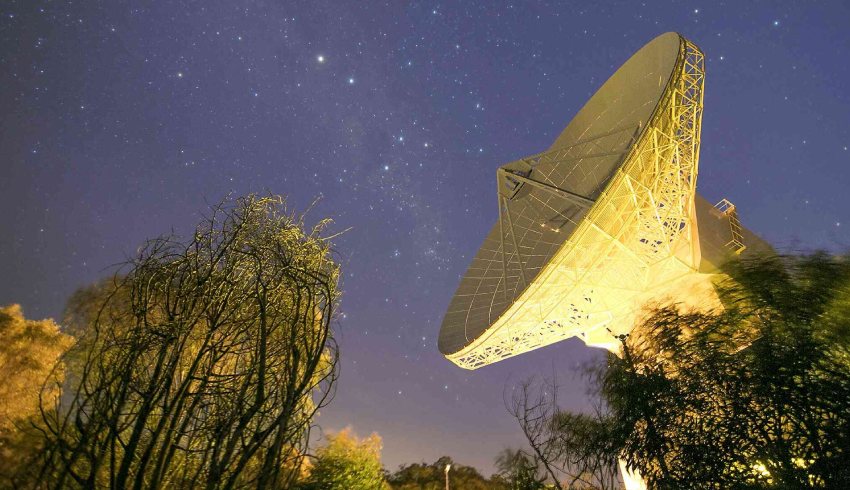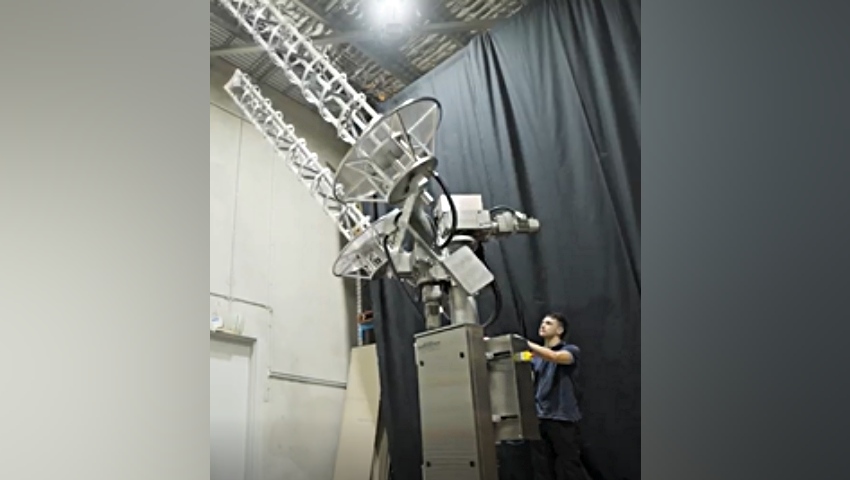
Optical terminals for inter-satellite and direct-to-earth communications will be a dynamic new market between now and 2031, said the global strategy consulting firm which specialises in the space sector and satellite-enabled verticals on 17 January 2023.
The recently released Optical Communications Market report analyses equipment, solutions, increasing demand and expected decreasing cost of using optical links over the next decade.
“Optical communication data transmission offers many potential advantages to satellite operators, including higher data throughput rates, which are essential for handling the continuous global increase in demand for data exchange,” a Euroconsult spokesperson said.
“Another key advantage is the narrowness of the light beam, which makes it more complicated to intercept and helps ensure information security.
“Source incoherence also significantly reduces communication systems interference, an essential prerequisite for large constellations.”
Current inter-satellite communication is mainly maintained by radiofrequency electromagnetic waves, however, an increase in optical inter-satellite links (OISL) terminals could surpass 70,000 units in orbit by 2031, according to Euroconsult’s report.
The report predicts the number of data-relay capable satellites in orbit will also increase from 10 in 2021 to more than 250 units by the end of 2031. The demand for these satellites will be led by data-relay space services and be used for third-party communications such as transferring data to satellites orbiting at different altitudes.
Further growth in optical communications will be led by Earth observation data providers while direct-to-Earth communications satellites will reach around 450 units by 2031, according to the report.
The current price of around $1 million per terminal is also expected to decrease to less than $100,000 by the end of the decade coinciding with potential standardisation efforts and supported manufacturing from the US Space Development Agency program.
Receive the latest developments and updates on Australia’s space industry direct to your inbox. Subscribe today to Space Connect here.









